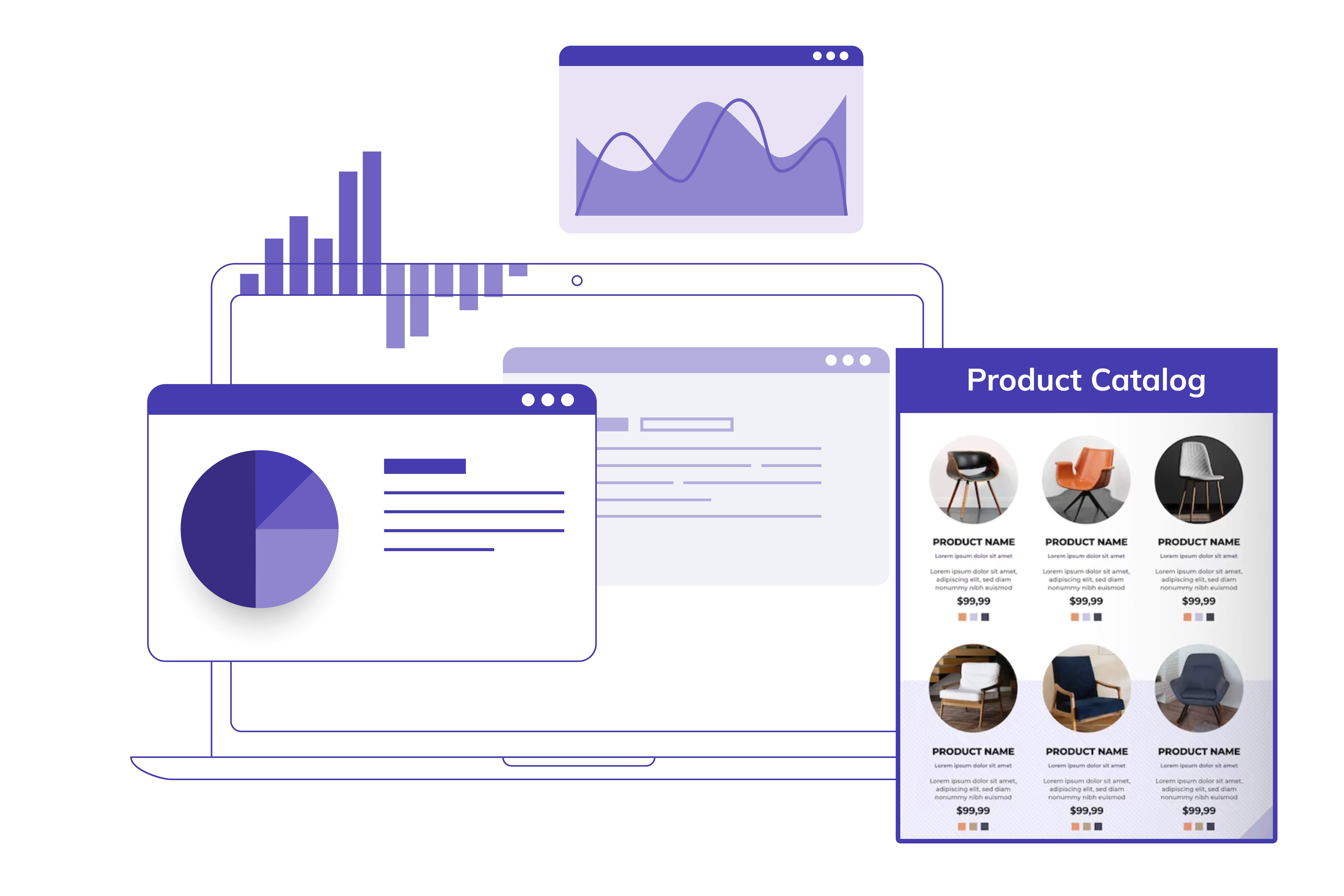
ViSenze Visual AI Platform: Complete Buyer's Guide
Transform product discovery through AI-powered visual search and personalized recommendations.
ViSenze Visual AI Platform is a specialized visual commerce solution designed for mid-market to enterprise retailers seeking to transform product discovery through AI-powered visual search and personalized recommendations. The platform processes over 1 billion monthly queries globally[42] and focuses specifically on retail environments where visual attributes drive purchase decisions.
Market Position & Maturity
Market Standing
ViSenze occupies a specialized niche within the visual AI market, positioning as a retail-focused alternative to general computer vision platforms like Amazon Rekognition or Google Vision API.
Company Maturity
The company demonstrates operational maturity through processing over 1 billion monthly queries globally[42], indicating substantial scale and infrastructure capability that supports enterprise-level deployments.
Industry Recognition
Industry recognition emerges through customer success stories and documented implementations rather than analyst awards or certifications mentioned in available research.
Longevity Assessment
Long-term viability depends on continued specialization advantages versus potential competitive pressure from larger platforms expanding retail capabilities. ViSenze's retail-specific features and regional market strength provide defensive positioning, though organizations should evaluate vendor lock-in risks given the platform's specialized focus[43][45][53].
Proof of Capabilities
Customer Evidence
Customer validation spans multiple retail segments with documented performance improvements. Showpo achieved 10% conversion rate increases using ViSenze's visual recommendation features[40], while Zalora reported 15% higher average order value and 10% engagement lift through platform implementation[48]. DFS furniture documented 10% higher conversions and 8% average order value growth via dynamic product suggestions[50].
Quantified Outcomes
Scale demonstration through Meesho's billion annual visual searches proves enterprise-grade capacity and reliability[49]. The platform maintains consistent sub-500ms response times across these high-volume implementations, demonstrating technical infrastructure maturity[49][52]. Myntra's 35% adoption increase for 'View Similar' features shows strong user acceptance when properly implemented[52].
Market Validation
Market validation emerges through customer retention and expansion across diverse retail categories. AJIO's success with Gen-Z shoppers searching via social media screenshots demonstrates platform effectiveness for mobile-first customer segments[46]. The platform's ability to serve new-to-ecommerce customers who prefer visual over text-based search due to language barriers shows particular strength in emerging markets[49].
Competitive Wins
Competitive wins include documented implementations where retailers selected ViSenze over general computer vision APIs for retail-specific capabilities. The platform's 'Complete the Look' recommendations and seasonal attribute recognition exceed what broader platforms typically provide[40][43][45].
Reference Customers
Reference customers span established retailers including Zalora, DFS, Showpo, Meesho, Myntra, and AJIO across fashion, furniture, and marketplace segments[40][46][48][49][50][52].
AI Technology
ViSenze's AI architecture centers on computer vision models specifically trained for retail product recognition and visual similarity matching. The platform employs deep learning algorithms optimized for fashion attributes like style categories ('bohemian,' 'wedding occasion') and furniture characteristics that drive purchase decisions, differentiating from general object detection APIs[43][45].
Architecture
Technical architecture supports both cloud-based API integration and mobile SDK deployment across iOS and Android platforms[42]. The system requires minimum 500x500px image resolution for optimal recognition performance and provides JavaScript SDKs for web applications alongside native mobile implementations[42][56]. Enterprise tier customers access custom attribute training capabilities, enabling model refinement for specific retail categories and product types[53][56].
Primary Competitors
Primary competitive alternatives include Amazon Rekognition, Google Vision API, and Azure Custom Vision as general computer vision platforms, alongside specialized retail AI solutions from vendors like Syte.ai and Vue.ai[11][14][16][17][22][23].
Competitive Advantages
Competitive advantages center on specialized retail capabilities like 'Complete the Look' recommendations and seasonal attribute recognition that exceed what general computer vision APIs typically provide[40][43][45]. Geographic positioning in Asia-Pacific markets represents another strength, with documented success serving retailers like Meesho, Myntra, and Zalora in mobile-first environments[49][52][48].
Market Positioning
Market positioning places ViSenze in the specialized retail AI category rather than general computer vision platforms. This focus enables deeper retail functionality but limits market scope compared to broadly applicable solutions[21][22][23]. Organizations prioritizing retail-specific features and proven fashion/furniture success should consider ViSenze, while those needing broader computer vision capabilities across multiple use cases may find platform solutions more suitable[42][45].
Win/Loss Scenarios
Win/loss scenarios favor ViSenze for retailers with substantial fashion or furniture catalogs, mobile-first customer bases, and technical implementation capacity[40][49][52]. Alternative solutions may be preferable for organizations requiring broader computer vision capabilities, budget-conscious small businesses, or retailers in categories like grocery where traditional systems remain more appropriate[42][3][45].
Key Features

Pros & Cons
Use Cases
Integrations
Featured In Articles
Comprehensive analysis of Image Recognition for Ecommerce for Ecommerce businesses and online retailers. Expert evaluation of features, pricing, and implementation.
How We Researched This Guide
About This Guide: This comprehensive analysis is based on extensive competitive intelligence and real-world implementation data from leading AI vendors. StayModern updates this guide quarterly to reflect market developments and vendor performance changes.
56+ verified sources per analysis including official documentation, customer reviews, analyst reports, and industry publications.
- • Vendor documentation & whitepapers
- • Customer testimonials & case studies
- • Third-party analyst assessments
- • Industry benchmarking reports
Standardized assessment framework across 8 key dimensions for objective comparison.
- • Technology capabilities & architecture
- • Market position & customer evidence
- • Implementation experience & support
- • Pricing value & competitive position
Research is refreshed every 90 days to capture market changes and new vendor capabilities.
- • New product releases & features
- • Market positioning changes
- • Customer feedback integration
- • Competitive landscape shifts
Every claim is source-linked with direct citations to original materials for verification.
- • Clickable citation links
- • Original source attribution
- • Date stamps for currency
- • Quality score validation
Analysis follows systematic research protocols with consistent evaluation frameworks.
- • Standardized assessment criteria
- • Multi-source verification process
- • Consistent evaluation methodology
- • Quality assurance protocols
Buyer-focused analysis with transparent methodology and factual accuracy commitment.
- • Objective comparative analysis
- • Transparent research methodology
- • Factual accuracy commitment
- • Continuous quality improvement
Quality Commitment: If you find any inaccuracies in our analysis on this page, please contact us at research@staymodern.ai. We're committed to maintaining the highest standards of research integrity and will investigate and correct any issues promptly.